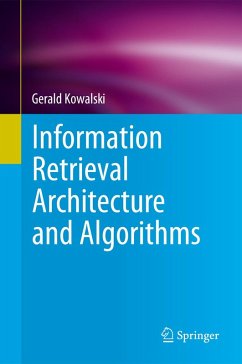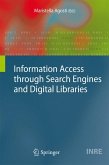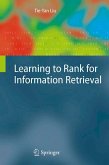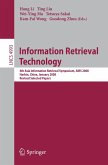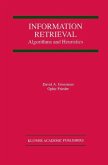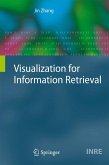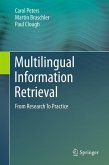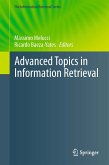The text stresses the current migration of information retrieval from just textual to multimedia, expounding upon multimedia search, retrieval and display, as well as classic and new textual techniques. It also introduces developments in hardware, and more importantly, search architectures, such as those introduced by Google, in order to approach scalability issues.
About this textbook:
- A first course text for advanced level courses, providing a survey of information retrieval system theory and architecture, complete with challenging exercises
- Approaches information retrieval from a practical systems view in order for the reader to grasp both scope and solutions
- Features what is achievable using existing technologies and investigates what deficiencies warrant additional exploration
Dieser Download kann aus rechtlichen Gründen nur mit Rechnungsadresse in A, B, BG, CY, CZ, D, DK, EW, E, FIN, F, GR, HR, H, IRL, I, LT, L, LR, M, NL, PL, P, R, S, SLO, SK ausgeliefert werden.
"Kowalski indicates that the book can serve as a textbook for an IR systems course or as a resource for information on the practical aspects of IR. ... The book includes chapters on all the important fundamentals, offering clear explanations as well as a nice historical context. ... Summing Up: Recommended. ... Upper-division undergraduates through professionals." (H. Levkowitz, Choice, Vol. 49 (5), January, 2012)
"Kowalski's textbook is for advanced undergraduate and first-year graduate courses on information retrieval (IR) systems. The book's title accurately captures its theme: an introduction to the architecture and algorithms necessary to build an effective IR system. It contains nine chapters. ... It is a pleasure to read this book because it is very well written. ... All readers will quickly find that the language is very accurate and informative, and not dry at all. This is an excellent book on the subject." (Xiannong Meng, ACM Computing Reviews, June, 2011)

